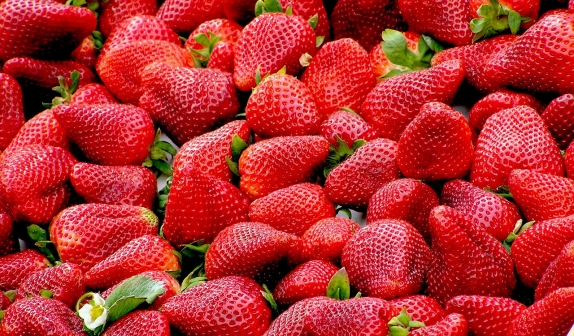
As we have already seen in the series of articles on color therapy, red is the color typically associated with strength and action. While these features may have to be mediated in interpersonal relationships, we see that in the area of nourishment it is good to fill up on this dose of energy offered by foods. Dr. Morelli will again join us on this journey through the colors of food.
Let us begin with a brief list of red fruits and vegetables: strawberries and watermelon, as well as oranges and tomatoes, peppers and chilies, up to radishes. This is a wide range of foods that gives us which benefits?
“Within all of these foods there are two main constituents: lycopene and anthocyanins. The first is a hydrocarbon formed from hydrogen and carbon, present in large amounts in red tomatoes (while yellow ones contain a bit less). It belongs to the class of carotenoids, i.e. substances that contain vitamin A, essential to our body especially regarding vision. Anthocyanins, however, belong to the flavonoid class and are responsible for colors ranging from red to dark blue: they are typically found in strawberries and currants, but also in other colorful fruits. The combination of lycopene and anthocyanins has antioxidant effects on the entire body, blocking the production of free radicals, responsible for the aging process”.
Just look at the short list of foods we have put forth to realize that nature puts red food on our table in all seasons, and not through intensive cultivation, but because while strawberries and tomatoes are typical of the summer period, oranges are around during winter and this gives us the right amount of vitamin A, vitamin C and other antioxidants 365 days a year!


